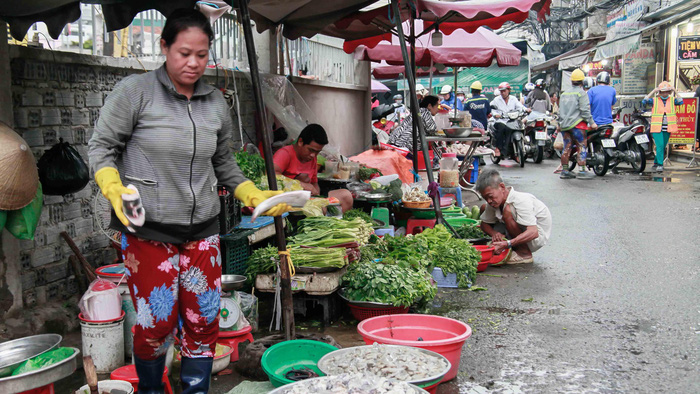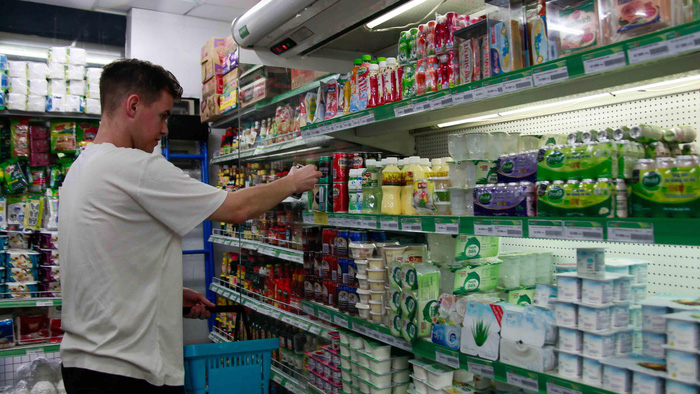Ho Chi Minh City is aiming to gradually shift its people’s habit of shopping in traditional markets into modern distribution channels.
On June 22, the Ho Chi Minh City Department of Industry and Trade, in collaboration with relevant departments, announced the trade development plan of the southern metropolis to 2025, with a vision to 2030.
According to Saigon Giai Phong (Liberated Saigon) newspaper, this is the first plan of its kind approved in a decision released in May by the municipal People’s Committee.
The Ho Chi Minh City administration expects that supermarkets and shopping malls would make up at least 40 percent of city’s total retail sales in 2020, and see the market share grow to 50 percent in 2025 and 60 percent in 2030.
The southern city now has 207 supermarkets, 43 trade centers, and 1,100 convenience stores, which account for 21 percent of total retail revenue.
According to the plan, ineffective markets with the area of construction from 800 square meters or more will be upgraded or transformed into appropriate modern distribution venues.
No new markets are planned for construction in urban areas, excluding the five outer districts - Nha Be, Binh Chanh, Cu Chi, Hoc Mon and Can Gio, according to Nguyen Huynh Trang, deputy director of the municipal Department of Industry and Trade.
Under the scheme, at least five leading retail groups will be formed in Ho Chi Minh City during the 2025-30 period.
 |
| A wet market on Vo Duy Ninh Street in Binh Thanh District, Ho Chi Minh City. Photo: Tuoi Tre |
Nguyen Anh Duc, deputy general director of Vietnam's leading supermarket chain Saigon Co.op, believed that retailers will benefit much from this plan.
Vietnam’s total retail sales were US$130 billion in 2017.
Modern trade is preferred
According to the 2018 Vietnamese High Quality Goods survey results, consumers are switching from traditional shopping channels to the modern retail system including supermarkets and trade centers.
Particularly, while 31 percent of consumers chose to buy products in wet markets in 2016, the rate slid to 11 percent in 2017, and ten percent in 2018.
Convenience stores, shopping venues that are smaller than supermarkets but larger than regular grocery stores, are also mushrooming in residential areas, apartment buildings, large and small streets across Ho Chi Minh City.
 |
| Graphic: Tuoi Tre News |
Like us on Facebook or follow us on Twitter to get the latest news about Vietnam!



















































